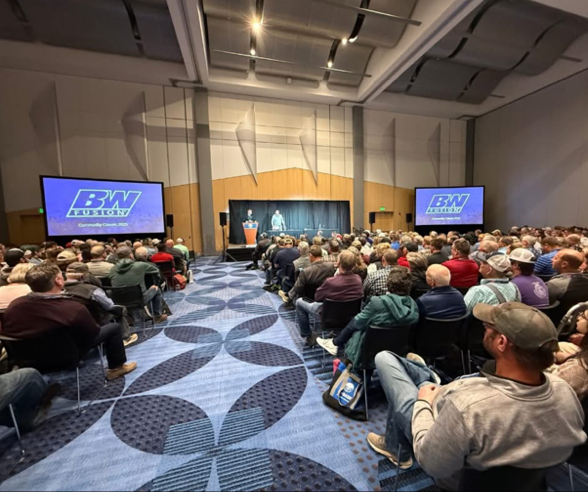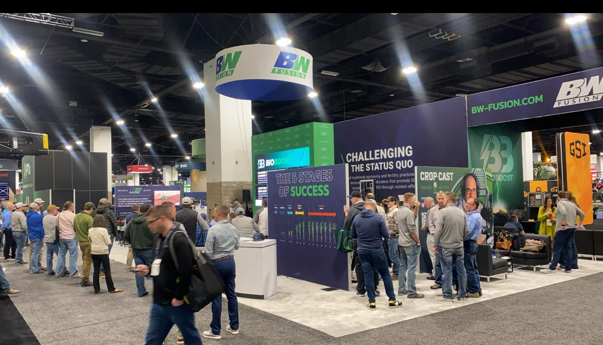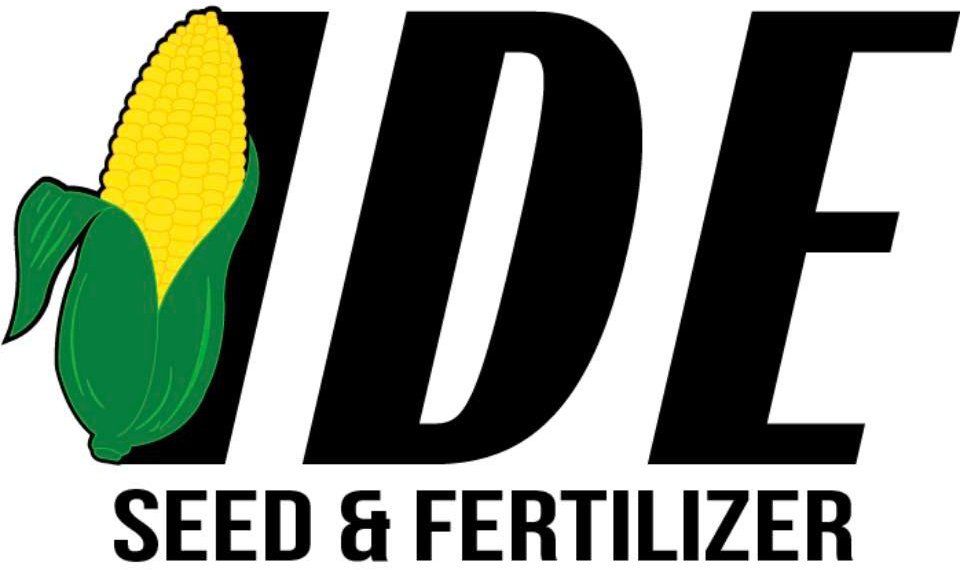The Secret is Out about Soil Biology
If you've been following agricultural trends, you might have noticed something remarkable happening. At the 2025 Commodity Classic—the nation's largest farmer-led agricultural show—one breakout session shattered attendance records with over 1,000 farmers packing the room and spilling into hallways.
What was the topic that drew this unprecedented crowd? Soil biology.
When Everyone Else is Doing It....
There are four key reasons why farmers make significant business changes. While we won't discuss all of them today, but let's focus on one reason: people will adopt new practices when they see others doing it.
The overwhelming turnout at the 2025 Commodity Classic sends a clear message: soil biology testing isn't just for early adopters anymore. The secret is out, and mainstream agriculture is taking notice.
As Sean Nettleton of BW Fusion shared during his packed presentation on the "5 Stages of Farming Success," understanding the biological processes in your soil is fundamental to unlocking higher yields and optimizing crop performance at every growth stage.

It's Not a Fad—It's the Future.
For years at Ide Seed & Fertilizer, we've been talking about Water Extractable Organic Carbon (WEOC), soil biology, and how these factors directly impact your yield. We've shown the results in drought conditions. We've proven it works when fields are drowning in 30+ inches of rain. We've demonstrated success across every soil type in Central Minnesota.
What we're seeing now isn't a passing fad—it's a nationwide trend that we've been at the forefront of bringing to Minnesota farmers.
Remember the yellow corn crisis of 2024? Those challenges exposed what many fields were lacking: proper biological activity to make nutrients available to plants. Even with adequate fertilizer applications, without the right microbial activity, those nutrients remain locked up and unavailable.
The Time to Act is Now

The University of Minnesota confirms what we've been saying all along: "The conversion of N to nitrate is biological in nature." Without healthy microbes, those nutrients just sit there, regardless of how much fertilizer you apply.
Our research with the One-Field Challenge revealed something that contradicts conventional wisdom: in over 80% of cases, high-yielding areas showed lower P and K levels but better WEOC in relation to their CEC levels. This reinforces why soil biology testing is so crucial to understanding the true health of your fields.
Don't Be Left Behind
As more farmers embrace soil biology testing and biological solutions, those who wait risk falling behind. With products like BW Meltdown helping raise WEOC levels and improve nutrient availability, you can join this agricultural revolution before your neighbors do.
Think about it: Do you want to be ahead of the curve, or playing catch-up five years from now?
What's Your Next Step?
If the record-breaking attendance at the 2025 Commodity Classic tells us anything, it's that the interest in soil biology is exploding. Farmers across the country recognize that the next frontier in agriculture isn't just about what you apply to your fields—it's about understanding and nurturing what's already there.
The question isn't whether you should start testing your soil biology—it's whether you can afford not to.
Ready to Join the Movement?
Contact us today to discuss how soil biology testing can transform your farm's performance.
